Introduction
Ribs, whether pork, beef, or even lamb, are a culinary delight enjoyed across the globe. They are versatile, capable of being transformed into a myriad of flavors and textures, catering to diverse palates. From smoky barbecues to tangy glazes, the possibilities are endless when it comes to crafting the perfect rib dish. However, achieving that ‘wow’ factor that sets your ribs apart can be a challenge. This comprehensive guide aims to demystify the process and provide you with the knowledge and techniques necessary to make ribs that are not only tender and juicy but also bursting with flavor.
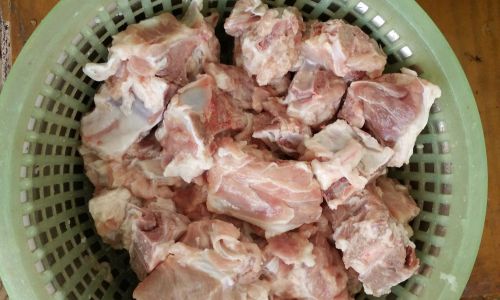
Understanding Rib Types
Before diving into the cooking process, it’s crucial to understand the different types of ribs available and their unique characteristics.
-
Pork Ribs:
- Spare Ribs: These are the most common type, featuring a mix of meat, bone, and cartilage. They are ideal for slow cooking methods like barbecuing or braising.
- Baby Back Ribs: Smaller and more tender, these come from the back of the pig and have less meat but more marbling, making them perfect for grilling or roasting.
- Country-Style Ribs: These are actually pork shoulder cuts, boneless and meatier, often treated like a steak or roasted.
-
Beef Ribs:
- Short Ribs: Known for their rich, beefy flavor and tender texture, they are excellent for braising or slow cooking.
- Back Ribs: Leaner and more tender than short ribs, they are often grilled or roasted.
- Plate Ribs: Also known as beef brisket ribs, these are highly marbled and require long, slow cooking to tenderize.
-
Lamb Ribs:
Often called rack of lamb, these are tender and flavorful, best suited for roasting or grilling.
Selecting High-Quality Ribs
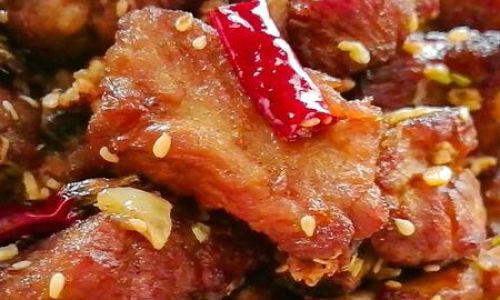
The quality of your ribs is paramount. Here are some tips for selecting the best:
- Color: Look for ribs that have a fresh, pinkish hue. Avoid those that are gray or discolored.
- Marbling: Fat marbling adds flavor and moisture. For pork and beef ribs, a good amount of marbling is desirable.
- Smell: Fresh ribs should have a mild, pleasant aroma. Avoid those with a strong, off-putting smell.
- Texture: The meat should be firm to the touch but not overly dry or tough.
Preparation Techniques
Proper preparation is key to achieving tender, flavorful ribs. Here are some essential steps:
- Trimming: Remove any excess fat, silver skin, or membranes. This allows the seasoning to penetrate the meat better and ensures even cooking.
- Seasoning: Season your ribs generously. Salt, pepper, garlic powder, and paprika are classic choices. For more complex flavors, consider a blend of spices like cumin, chili powder, or brown sugar.
- Marinating: For deeper flavor, marinate your ribs overnight. A simple mix of apple cider vinegar, soy sauce, honey, and spices can work wonders.
- Tenderizing: You can tenderize your ribs by pounding them lightly with a meat mallet or using a tenderizing marinade containing acidic ingredients like vinegar or lemon juice.
Cooking Methods
The cooking method you choose will significantly impact the final texture and flavor of your ribs. Here are some popular techniques:
-
Grilling:
- Direct Grilling: Suitable for thinner cuts like baby back ribs, cook over medium-high heat, turning occasionally, until they reach an internal temperature of 145°F (63°C). Finish with a glaze for added flavor.
- Indirect Grilling: Ideal for thicker cuts like spare ribs. Set up your grill for indirect heat, cook slowly with the lid closed, and add wood chips or chunks for smoking flavor.
-
Smoking:
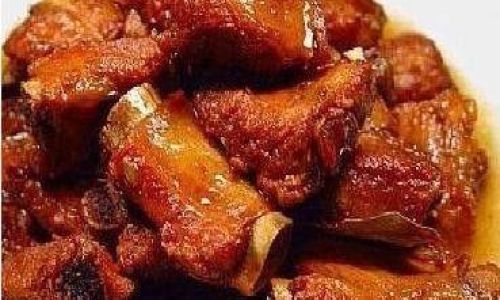
Use a smoker to cook ribs at low temperatures (around 225-250°F or 107-121°C) for several hours. Wood chips or pellets provide a smoky flavor. Monitor the internal temperature and add moisture if needed to prevent drying out.
-
Braising:
Perfect for beef short ribs or country-style pork ribs. Cook in a covered pot with a flavorful liquid (like broth, beer, or wine) at a low temperature until tender. Finish by reducing the braising liquid to create a sauce.
-
Oven Roasting:
A versatile method that can mimic grilling or smoking by adjusting cooking times and temperatures. Use foil to cover the ribs during the initial cooking phase to retain moisture, then uncover for the final browning.
Finishing Touches
Once your ribs are nearly cooked, it’s time to add the finishing touches that will elevate them from good to great.
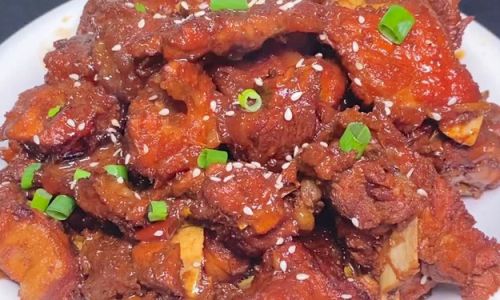
-
Sauces and Glazes:
- Barbecue sauce is a classic choice, but don’t be afraid to experiment with other options like honey mustard, teriyaki, or even a spicy chili glaze. Apply sauce during the final stages of cooking to avoid burning.
- For a glossy finish, mix a small amount of honey or maple syrup with your sauce to create a glaze.
-
Basting:
Regular basting with a mixture of apple cider vinegar, butter, and your favorite spices can keep the ribs moist and add layers of flavor.
-
Resting:
After cooking, let your ribs rest for at least 10-15 minutes. This allows the juices to redistribute, ensuring a juicy, tender bite.
Serving Suggestions
Ribs are a meal unto themselves, but pairing them with the right sides can enhance the dining experience. Consider serving them with:

- Cornbread or Biscuits: Perfect for sopping up any extra sauce.
- BBQ Beans: A classic side that complements the ribs’ smoky flavor.
- Pickled Vegetables: A refreshing contrast to the rich meat.
- Salad: A light, crisp salad can balance out the heaviness of the ribs.
- Potato Salad or Coleslaw: Classic picnic sides that go well with barbecued meats.
Storage and Reheating
If you have leftovers, store them in an airtight container in the refrigerator for up to 3-4 days. To reheat, wrap them tightly in foil and bake at a low temperature (around 250°F or 121°C) until heated through. Alternatively, you can reheat them on the grill, using indirect heat to avoid drying out.
Conclusion
Making delicious ribs is an art that combines understanding of meat types, meticulous preparation, careful cooking, and thoughtful finishing touches. By following the guidelines outlined in this guide, you’ll be well-equipped to create ribs that are sure to impress, whether you’re cooking for a family dinner, a backyard barbecue, or a special occasion. Remember, the key to success is patience, attention to detail, and a willingness to experiment with different flavors and techniques. Happy cooking!


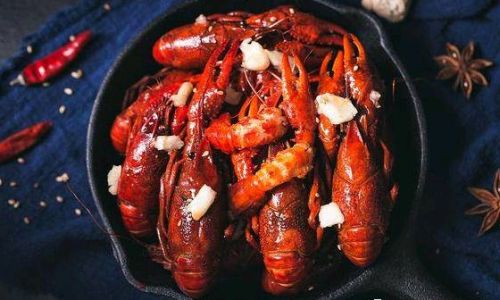
0 comments